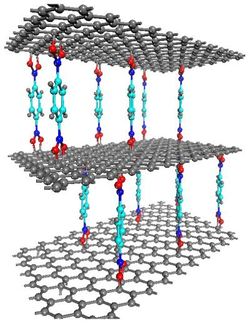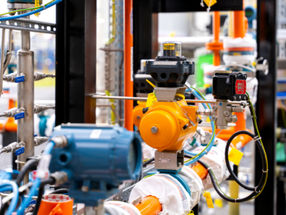Maturing Polymer Foams Market Faces Rising Raw Material Costs and Stricter Environmental
Polymer Foam Suppliers Challenged to Maintain Margins and Produce Environmental-friendly Products
Advertisement
Valued at EUR 4.70 billion in 2004, the European polymer foams market is forecast to grow at a compound annual growth rate (CAGR) of 5.2 per cent to reach EUR 6.71 billion in 2011. Currently, the market is passing through a difficult phase and has to overcome numerous challenges that stand in the way of continued growth.
Prime among these challenges is the skyrocketing prices of crude oil and its derivatives. This rising trend has affected almost all manufacturers of organic chemicals, including polymer foam suppliers. Leading suppliers such as Dow had to increase its methylenediisocyanate (MDI) and toluenediisocyanate (TDI) prices three times in 2004. Similarly, BASF - another major supplier to the polyurethane (PUR) foam industry - raised the prices of its Pluracol polyol products twice, in 2004 and early 2005.
"While suppliers can look forward to top line growth brought about by these price increases, they will also have to contend with diminishing margins as a result of spiralling energy prices," notes Frost & Sullivan Research Analyst Hariharan Ramasubramanian. "This is likely to remain a significant challenge for suppliers to the polymer foams market in the short to medium term."
Compounding this challenge is the fact that most end users, particularly those in the commodity segments of comfort and packaging applications, are extremely cost conscious and unwilling to absorb these price increases. Therefore, participants that can pass on price increases to their customers and manage to retain them even if they have more appealing options are most likely to be successful in the market.
With many companies now relocating their manufacturing bases to eastern European countries offering cheaper labour, many polymer foam suppliers - especially those catering to specific end user markets such as expandable polystyrene (EPS) in packaging - will see a significant erosion in their customer base. Although companies located in western Europe can continue to service customers in eastern Europe, the cost of transporting products will make them less competitive than regional suppliers. Moreover, the potential loss of customers might leave them burdened with excess capacity.
"Companies will have to look at alternative ways of utilising this capacity," says Mr. Ramasubramanian. "They could do this either by strengthening their presence and market share in existing applications not affected by this trend, or by looking out for emerging applications in niche areas such as those in the sports and leisure and the high-performance aerospace segments."
Targeting new application areas will call for enhanced product development and suppliers will have to allocate considerable resources to this end if they are to stay competitive. In fact, product development is likely to be a major driving force for polymer foams to break new ground in high-end applications.
For instance, companies with a strong presence in the EPS market are already responding to demand from the building and construction segment for products with excellent insulation characteristics. Leading market participants such as BASF and Dow have increased the lambda values in their products to meet the need for energy-efficient insulation materials.
With environmental regulations becoming stricter, companies will also need to look into improving the public perception of polymer foams. The public still considers polymer foams as harmful to the environment, primarily because of their use of blowing agents. Though many manufacturers have now moved to environmentally friendly blowing agents, this has adversely affected the process economics as the alternatives come at a high cost. There are also some concerns over the recyclability and toxicity of certain types of foams. R&D efforts are underway to produce more economical and environmentally friendly blowing agents in accordance with these concerns and regulations.
However, companies can only create a better impression of foams among the general public by emphasising their benefits. They have to make it clear that the use of foams - in insulation, for example - can actually conserve energy and prevent the release of more greenhouse gases into the atmosphere. These energy savings far outweigh the greenhouse gas emissions resulting from foam production.
This new research from Frost & Sullivan covers all the major types of polymer foam including polyurethanes, expandable polystyrene, poly vinylchloride (PVC), polyolefins and phenolic foams.
If you are interested in a research overview, which provides manufacturers, end-users and other industry participants with a synopsis of the latest analysis of the European Markets for Polymer Foams (B514-39) - then send an e-mail to Katja Feick - Corporate Communications using the 'Contact' button below.






























































